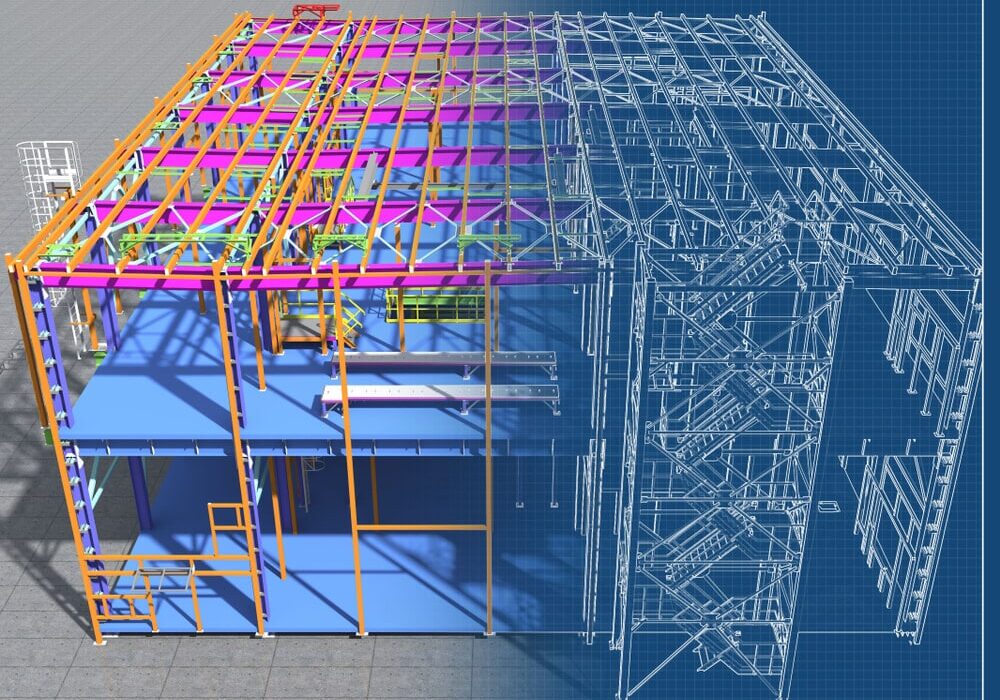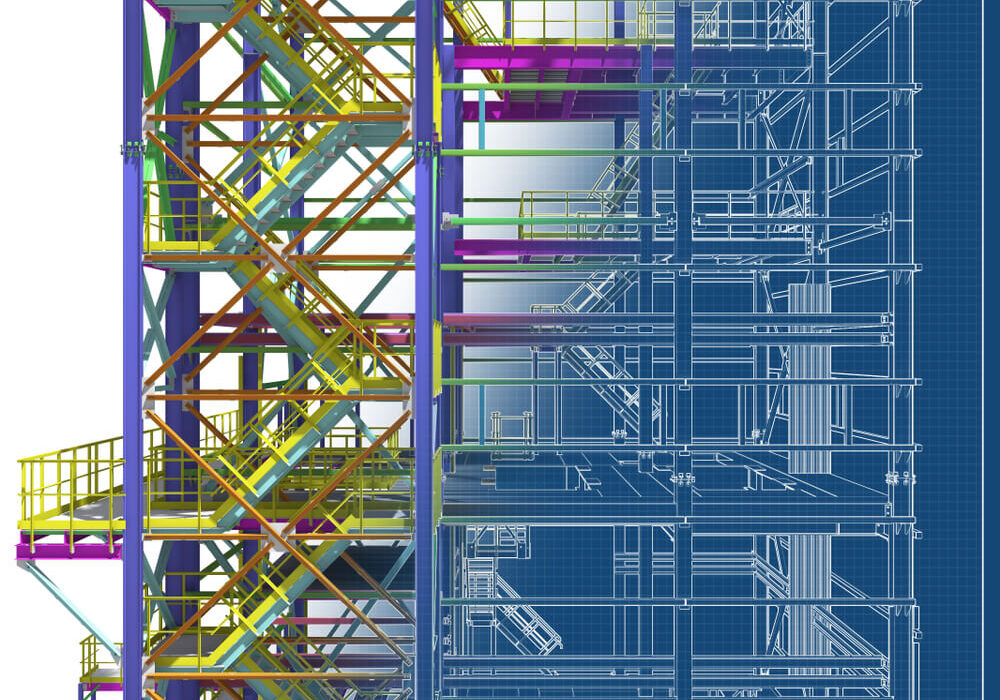Building Information Modeling (BIM) is the basis for digital transformation in the architecture, engineering, and construction (AEC) industry. Though BIM is required for most extensive projects in the AEC industry, it does not, however, come equipped with a manual. In fact, this rather complex conception can give rise to questions and misconceptions.
A Brief History of Building Information Technology
Originating in the early 90s, BIM was not widely used until recent years. It is often perceived negatively by CAD users as a new, scary platform; however, it is fundamentally a form of 3D modeling and design software. Additionally, some clients unfamiliar with BIM may be hesitant though it would allow them to see a holistic view of the building environment. And because its purpose can be ambiguous, defining BIM can be challenging.

Let’s look at each individual letter in the acronym to help explain it a little better.
B is for Building
To truly understand BIM, think of the word “building” as a verb. The BIM process refers to more than just a building’s structures, such as walls and roofs. It involves infrastructure, architecture, landscaping, civil engineering, and other extensive projects.
I is for Information
With BIM, each project consists of various information, including prices, life expectancy, and performance ratings. With BIM, every project is based on these details. There are multiple benefits to this multitude of data: you can know your project’s “life story” long before breaking ground, and you can even track potential issues throughout the building process.
M is for Modeling
BIM acts as a safety net by checking every detail twice. The first check is virtual, while the next one comes later in the real environment. In this step of the process, a model is created, providing: a scaled representation, a larger-scale analogy, and a measure of the outcome. This representation will be consistent throughout the life of the building. This step also shows the building’s every detail, helping sell the overall concept.
BIM in the Construction Industry
Many BIM practitioners use Autodesk solutions such as AutoCAD Civil 3D and Revit. BIM helps engineers, architects, and other professionals design, engineer, and manage buildings and infrastructure. The more data a project has, the more effectively the whole team can work together, from concept to construction to maintenance.
With the help of Bentley Systems, BIM improves collaboration and makes projects more controllable. While Bentley addresses aspects of information and modeling, its primary focus is on the process instead. BIM keeps things running smoothly while simultaneously working with the technological side of things, functioning entirely behind the scenes.

